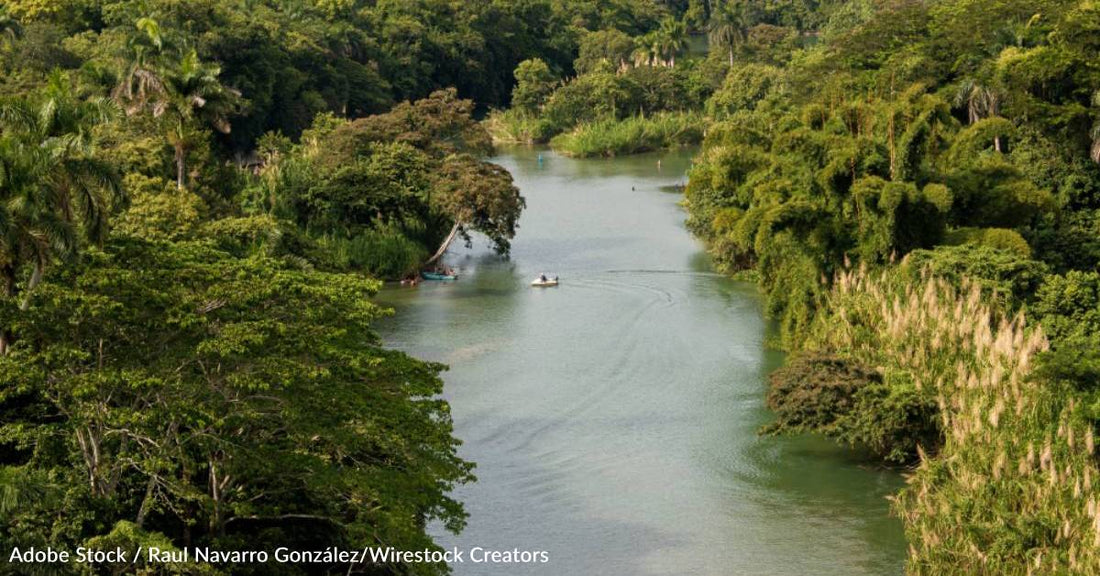Research Finds That Even in Protected Areas, Wildlife is Impacted By Human Activity
Michelle Milliken
Protected areas are created in an effort to boost local economies, fight back against climate change, and promote biodiversity. They can be a good tool for wildlife conservation, but a new study finds that even animals within these areas are vulnerable to the impacts of human activity.
Research recently published in the journal Nature Ecology & Evolution examined how human-related stressors affect wildlife populations inside protected areas, finding that what's happening at the edges of these spots influences these populations, as do the level of habitat fragmentation created.
The research covered 159 mammal species in 16 tropical protected areas from three biogeographic regions. The species were studied through camera-trap data from more than 1,000 sites.
One of the main takeaways was that specialist species, which live in one specific type of habitat, do their best with there is as little habitat fragmentation as possible and generally suffer more impacts from human activities than generalist species. Generalist species meanwhile, which can live in a variety of habitats, tend to do best near the edge of protected areas, where they can take advantage of the different habitats. However, this is only true where there is low population density, not high population density.
Asunción Semper-Pascual, the study’s lead author and postdoctoral researcher at the Norwegian University for Life Sciences, explains, “Habitats are more varied at the edge of the protected area. There is usually this difference between forest cover and open landscape, such as an area used for agriculture, etc. Some generalist species thrive in this kind of diverse setting because it provides access to different resources.”
The team says their findings indicate that wildlife populations in protected areas are impacted by human activity even if the activity is happening outside of the habitat. The study also demonstrates that understanding how each species reacts to human-caused stressors can help with conservation and management plans.
Lydia Beaudrot, study co-author and Rice University ecologist, explains, “We have to think about the situation holistically. Conservation is going to work best when it’s tackled in specific contexts and in concert with the people who live there so as to create win-win situations for both the people and the wildlife.”
While this study shows that animals in protected areas still deal with human activity, other research has found that these areas provide a big benefit to animals: They have cooler temperatures, which offer a refuge from climate change. Learn more about that here.




